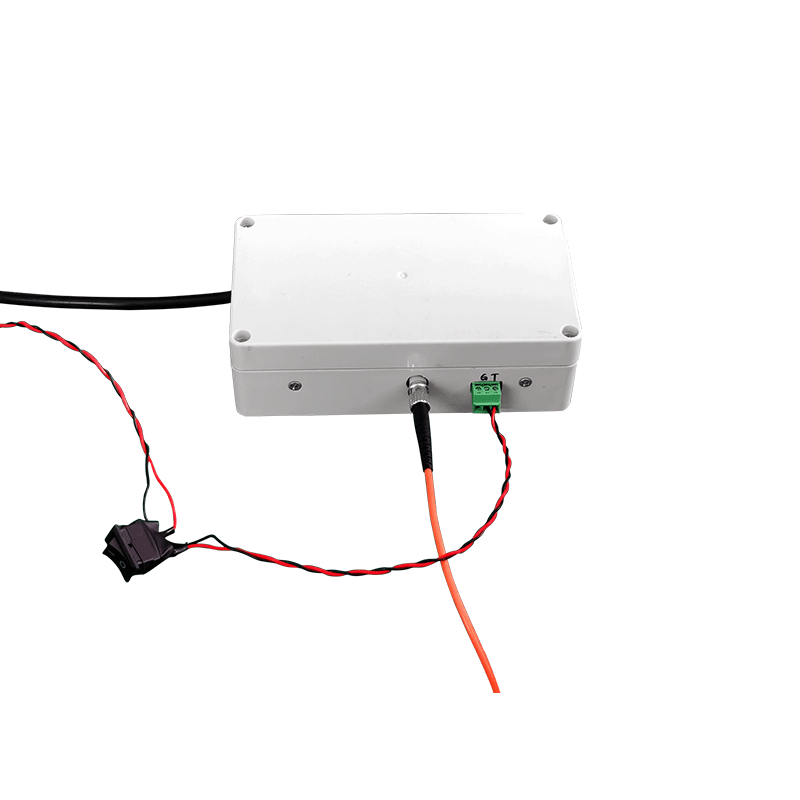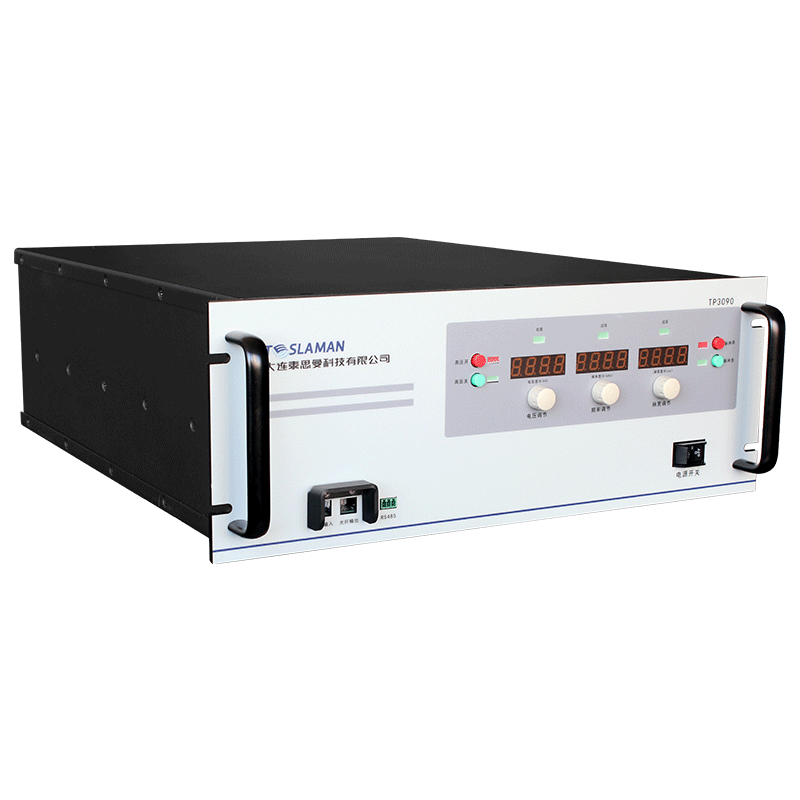Innovations in Medical High-Frequency High-Voltage Power Supplies
Introduction
As a core component of modern medical equipment, high-frequency high-voltage power supplies have achieved revolutionary breakthroughs in imaging diagnosis, cancer therapy, and minimally invasive surgery. With advancements in power semiconductor technology and digital control algorithms, new-generation medical high-voltage power supplies have shown significant improvements in output stability, energy efficiency, and safety, providing critical technical support for precision medicine. This article provides an in-depth analysis of technological innovations in this field and their clinical application value.
Core Technological Breakthroughs
1. High-Frequency Resonant Conversion Technology
Adopting LLC series resonant topology with operating frequencies reaching 200kHz-1MHz range, combined with gallium nitride (GaN) power devices, achieves power conversion efficiency exceeding 95%. The adaptive frequency tracking algorithm enables real-time load matching, maintaining output voltage ripple below 0.1% even with ±20% X-ray tube current fluctuations. Clinical tests show this technology reduces radiation dose by 15% in CT equipment while improving image resolution.
2. Intelligent Safety Protection System
Incorporates multi-level protection mechanisms including:
Nanosecond overvoltage protection circuit with response time <50ns
Fiber-optic isolated feedback system eliminating common-mode interference
Machine learning-based arc prediction algorithm providing 100ms early warning
Practical applications demonstrate this system can reduce medical equipment failure rate to 0.001 incidents per thousand operating hours.
3. Modular Distributed Architecture
Innovative building-block power unit design supports wide-range 10-150kV output. Individual modules measure just 120×80×25mm³ with power density reaching 50W/cm³, enabling seamless expansion through intelligent parallel technology. This design reduces mobile C-arm X-ray system weight by 40%, better suited for intraoperative real-time imaging guidance.
Typical Clinical Applications
1. Radiation Oncology
In linear accelerators, high-frequency high-voltage power supplies generate precisely controlled megavolt pulses at millisecond intervals, working with multi-leaf collimators to deliver intensity-modulated radiation therapy (IMRT). Clinical data shows 20% improvement in target dose homogeneity and 30% reduction in normal tissue exposure.
2. Interventional Equipment
Provides 80V/40MHz excitation for intravascular ultrasound (IVUS) catheters, achieving 50μm axial resolution. Phase synchronization technology enables multi-probe collaboration, constructing 360° vascular cross-sectional images to assist precise stent placement.
3. Surgical Energy Platforms
Integrates high-frequency high-voltage with RF energy to develop smart tissue recognition systems. Real-time impedance monitoring automatically adjusts output parameters, increasing cutting speed by 25% while limiting thermal damage depth to under 0.5mm.
Future Development Directions
Next-generation technologies will focus on three innovative dimensions:
1) Bio-adaptive output: Developing intelligent pulse modes synchronized with physiological rhythms
2) Multimodal integration: Achieving coordinated energy control combining X-ray, ultrasound, and RF
3) Cloud collaboration: Building 5G-based remote power parameter optimization systems
Conclusion
The technological innovation of medical high-frequency high-voltage power supplies is reshaping the development landscape of modern medical equipment. With deepening integration of novel semiconductor materials, intelligent algorithms, and clinical needs, this technology will continue advancing precision medicine, minimally invasive surgery, and personalized therapy, making greater contributions to human health.




















